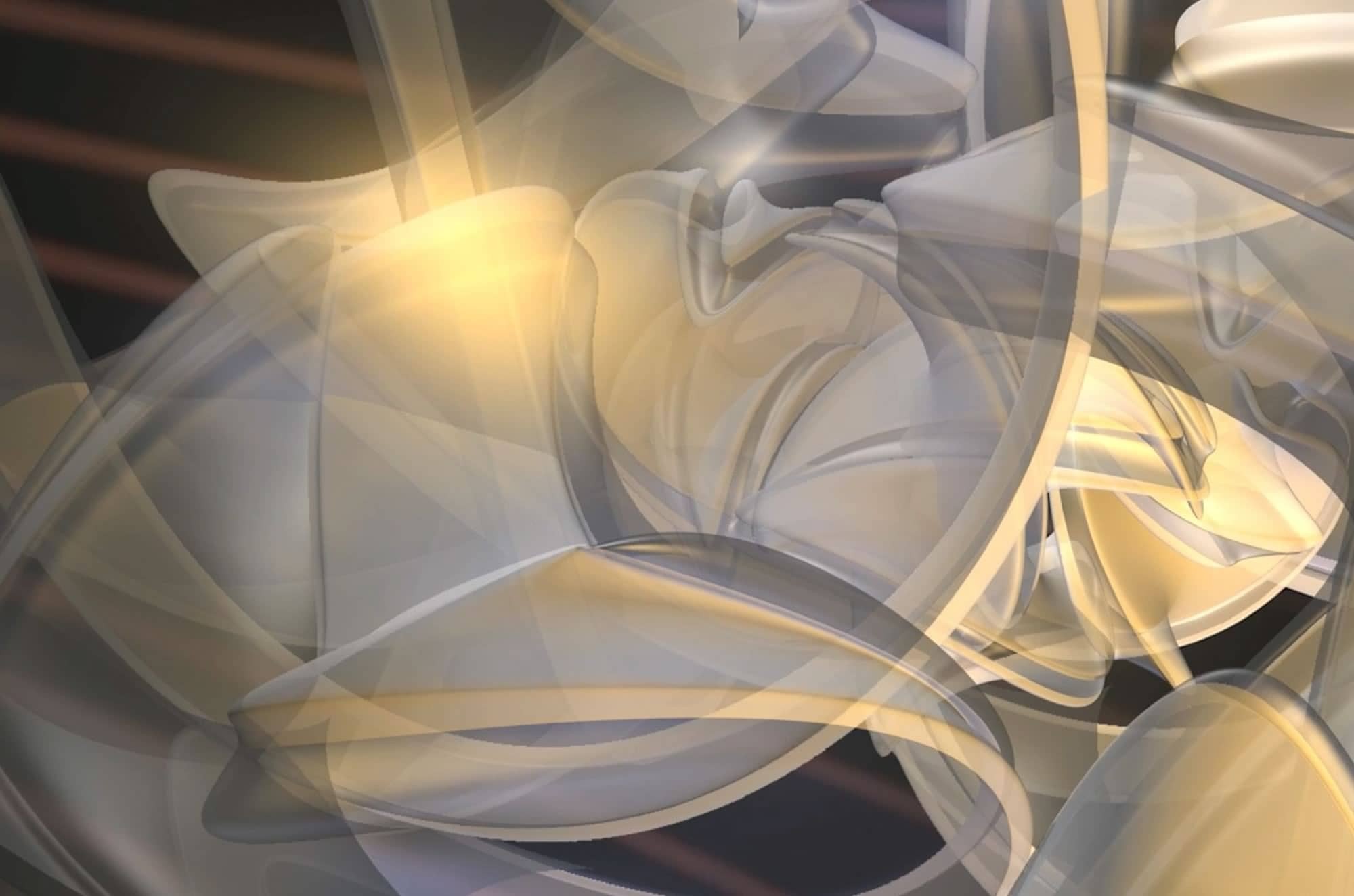Animation is a topic that is related to games and creating fun effects, but the possibilities to improve the user experience are not yet underexposed. It can make the user interface intuitive and make it easier for the visitor to bypass your website. However, you must have the right combination of textual content, visual content and animation effects if you do not want the loading time to increase dramatically.
Animation is a topic that is related to games and creating fun effects, but the possibilities to improve the user experience are not yet underexposed. It can make the user interface intuitive and make it easier for the visitor to bypass your website. However, you must have the right combination of textual content, visual content and animation effects if you do not want the loading time to increase dramatically.
Animation is not entirely new. Adobe Flash has revolutionized animation and the use of vector graphics in web design. Moving animators and gif files were previously used to add a fun element to the design and to break the monotonous form of the presentation. It made the involvement livelier. It was much later that graphic designers began to understand the potential of animation to improve the user experience and also boost sales by increasing conversion. The use of CSS and Javascript codes has also made the pages less heavy and the loading speeds have become unbelievable.
Why animation is so important?
The right amount of animation can appeal to the public and also lead them to the CTAs where they can convert. For example, if you enter the password field of an account that you have on a website and incorrectly enter a wrong password, the field immediately shakes to tell you that you are wrong. This design imitates the "head nodding from left to right" gesture that you often make when you know you've made a mistake.
What do you think of a prompt that slowly slides down or a pop-up that almost seems out of the blue to draw your attention to a call to action? All of these effects have improved the interactivity of your website. Sometimes the icons become larger when you move the mouse over them and you are encouraged to click. A new form of animation is to use a colored circle such as a halo around an icon and as you point the mouse pointer there, the circle starts rotating. Isn't it cool?
Don't use animation too much
Although animation is great, there is a limit. Excessive use could make the page very slow. In the age of smartphones, when creating a website it is necessary to make your website responsive and fast. So apply minimal effects. The most important question to reflect on is that you have succeeded in improving the user experience by using it? Is it making them happy or proving to be a useless distraction?
If you can get a correct answer to these questions and you are satisfied with the design, the visitors will find it more often than not attractive. After all, you are also a user. You know what makes you happy or annoyed when you visit a website, right?
Adding small-scale animations provides an element of surprise and thoughtfulness for your website. Animations on your website help to increase engagement, add a layer of interactivity to your site and make your overall website more interesting than just having a static design.
Think about the experience of your users
What do users click on? What do you want to do when a user clicks? Animations suggest that you have devised the user experience. Consider adding animations to explain a process or show unique features of your product or service. This allows your users to view the website and gain understanding without having to read large amounts of text. Some site visitors are strictly visual and animations can help them understand more easily than large amounts of text.
Add interactivity to increase engagement
Fun, interactive elements can also be used to increase engagement and then lower the bounce rate of a website. Interactivity engages users and provokes people to click around, potentially increasing conversion rates. It would be ideal to use animations to explain a process, or to inspire a user to click for more information about a product. Consider animated infographics, animated process images, and interesting floating effects.
Increase interest
Animations bring static websites to life and make them more modern. Users feel more connected through the use of animation. Animation adds a layer to your website that you may not have viewed before. Although it is important to use animation, it is equally important to be strategic about their placement. Too many animations can distract the general message from the website. The Optimized Website Design team at More Visibility can help formulate a strategy for the best animations for your website.


